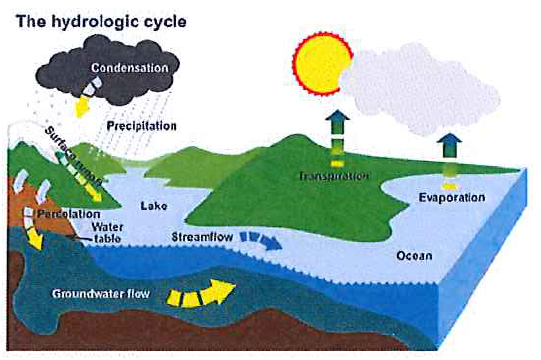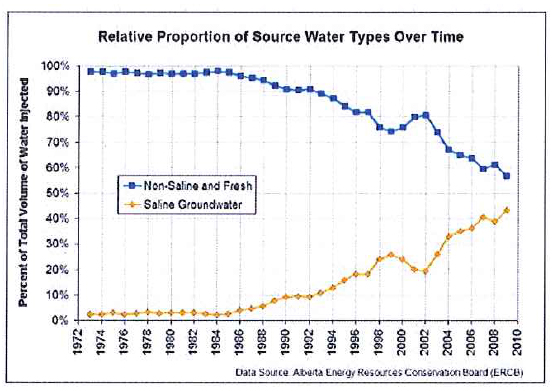6. By issuing a license to divert groundwater, it has been determined that the groundwater supplies being utilized by households, traditional agricultural users and prior license holders will not be adversely affected. True or False?
True
Alberta Environment and Sustainable Resource Development does not issue a license for a proposed diversion and use of groundwater, for purposes other than household use, without prior investigation of the aquifer in which the proposed water supply well is to be completed. The issuance of a license is an assurance that a licensed diversion will not be allowed to continue unchanged, should there be an adverse effect on a nearby groundwater user.
HCL 11-206 SOC responses
Compliance Assurance Program http://environment.alberta.ca/documents/ComplianceAssurance-Program.pdf
The main goals of the licensing process that is required by the Alberta Government are to:
- Protect the water supplies of household users, registration for traditional agricultural users, and prior license holders.
- Protect the aquifer from overdevelopment
- Provide confidence in a sustainable supply of groundwater for the applicant's needs
- Foster beneficial use of the resource, prevent speculation on groundwater, and protect the environment
Guide to Groundwater Authorization (March 2011) http://environment.gov.ab.ca/info/library/8361.pdf
7. The collection of meaningful groundwater monitoring data is a crucial part of managing Alberta's water resources. True or False?
True
Groundwater monitoring includes, over time, measuring water levels, measuring volumes of groundwater pumped from or flowing from an aquifer, and the quality of the groundwater. The water levels need to be measured at least to the nearest centimeter at an exact moment in time, the volumes should be measures, and the quality of the groundwater must include major anions and cations and any other elements that are particular to the groundwater from a specific aquifer.
Frequency of the water-level measurements should be driven by the water-level changes that are trying to be understood. The measurement of the volume of groundwater discharging from an aquifer is based on the total daily volume and variability of the discharge. Groundwater samples for chemical analysis can be collected every five years, while groundwater samples for microbiological analysis should also be collected any time there is a noticeable change in the groundwater.
To effectively manage Alberta's groundwater resource, the Alberta Government must understand the hydrogeology to properly assess the impact of groundwater diversions on the environment and other area groundwater users. The objective can only be met with the collection and analysis of accurate groundwater monitoring data.
Facts About Water in Alberta http://environment.gov.ab.ca/info/library/6364.pdf
|
|

 U.S. Geological Survey
U.S. Geological Survey 